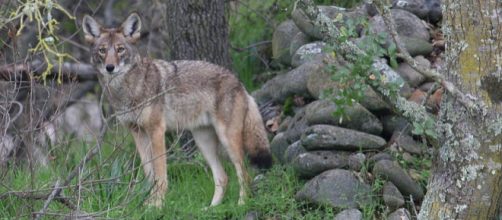The Los Angeles River boasts of a rich heritage of wildlife that ranges from coyotes and bobcats to great blue herons and a wide variety of fish. This river is a 51-mile concrete channel, and it winds its way from an inland valley to the Pacific beach. Researchers want to add another dimension to it by exploring its wildlife.
New Zealand Herald reports that a research team has installed a whole lot of motion-activated remote cameras along nearly 30 miles of the basin and tributaries. It is a beginning for the L.A. River Wildlife Camera Project.
Humans have damaged the environment, and the water may not be safe but, it attracts plenty of birds, and the surroundings have turned into playgrounds for the animals.
The study is necessary
Justin Brown is a biologist and is heading the research. He has noted that the path along the Los Angeles River is littered with trash and remnants of homeless camps and coyotes are able to survive in such an environment with ease. He has been tracking these animals for three years and wants to spread awareness among the people on how best to handle wildlife in order to reduce man-animal conflict. In the course of his activities he has come across raccoons, skunks and other varieties of wildlife in the vicinity which means they are adapting to urbanized settings.
SAMO Fund is funding the project, and according to Charlotte Parry, the executive director, there are plenty of animals around, and it is important to collect data about them. That will help to understand the issues involved.
It boils down to the man-animal relationship
The project is an integral part of a nationwide wildlife monitoring program in major cities. The objective is to understand the animals that live alongside people. It started in 2010 in Chicago where remote camera traps were installed to track and study birds, bats, coyotes etcetera that are visible in large cities.
The images that will be captured by the Los Angeles River cameras will be given adequate publicity to involve the public - they can tag and identify animals they have spotted and their precise locations.
That is expected to generate curiosity among the people and spread awareness.
The environment in the vicinity of the river has trash dumps, and homeless campsites and the area is littered with vast volumes of wastes like plastic bags, and cigarette butts. These will hamper the studies. Of course, those who live along the river may not be into hunting as such, but the homeless folks do feed coyotes and raccoons with leftovers. This does not help the cause. If the study goes on for a sufficient length of time, it will throw light on how climatic factors affect the behavior of wildlife.


